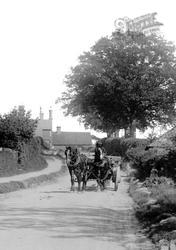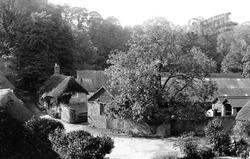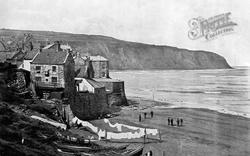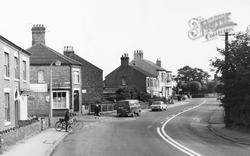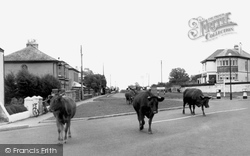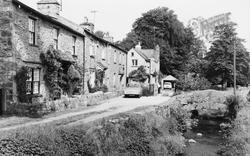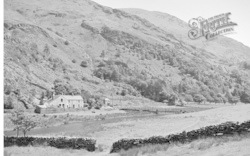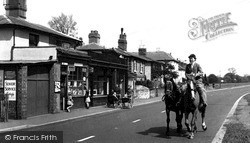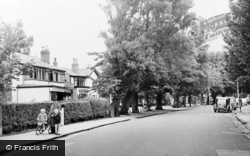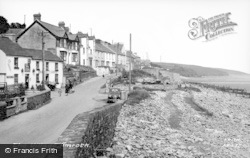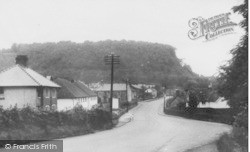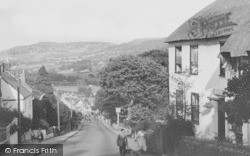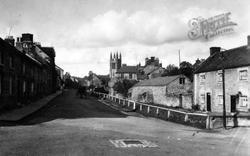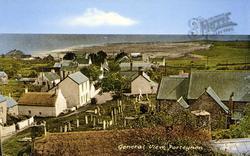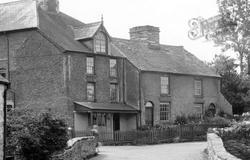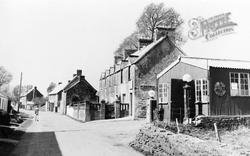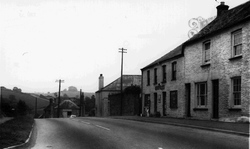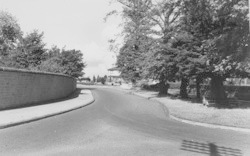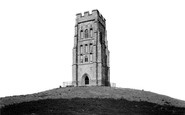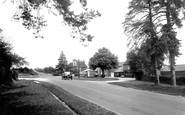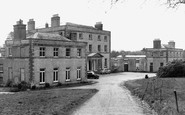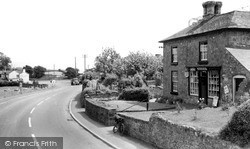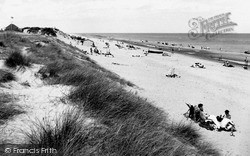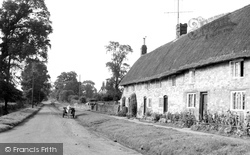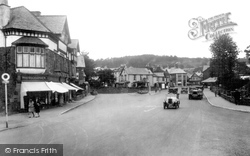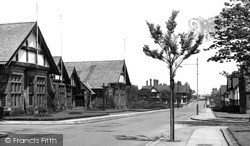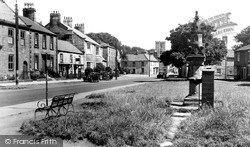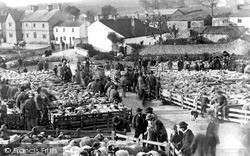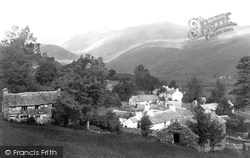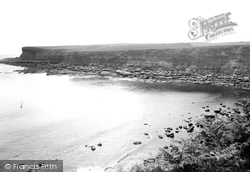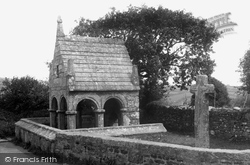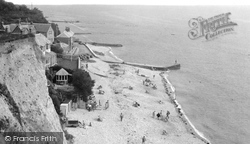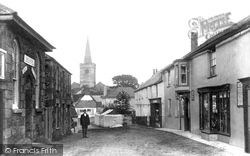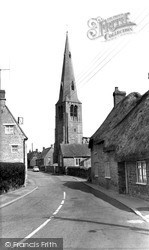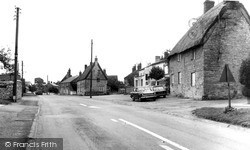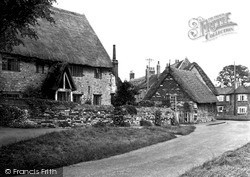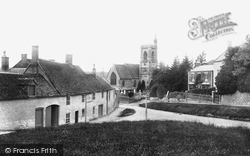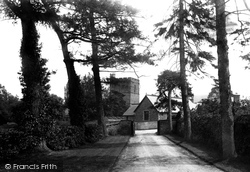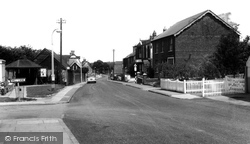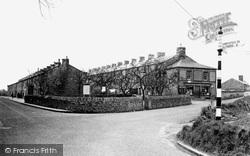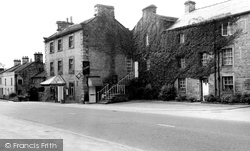Places
5 places found.
Those places high-lighted have photos. All locations may have maps, books and memories.
Photos
9,649 photos found. Showing results 1,561 to 1,580.
Maps
18 maps found.
Books
13 books found. Showing results 1,873 to 13.
Memories
4,612 memories found. Showing results 781 to 790.
My Time Living In Old Langho.
I moved to Old Langho in I think in 1954, I was an orphan I went to live with Mr and Mrs Pye. We lived at number 42 Larkhill, Mr and Mrs Pye where nurses at Brockhall hospital. There is a bit of a field between the two ...Read more
A memory of Old Langho by
Draycott In The Clay For Me
I was born in Draycott in 1956. Bill and Ida were my parents and David and Susan are my big brother and sister! I have so many happy memories of this wonderful village. I went to the village school which now acts ...Read more
A memory of Draycott in the Clay by
On The Tor
Somewhere I have a picture of a group of friends & myself here. taken in the early '70's. It was a peaceful place then, & you could walk up & not see a soul, apart from the occasional local walking their dogs. On a good day ...Read more
A memory of Glastonbury by
A Very Happy Childhood At Westbury
My name is Andy Pike, getting on a bit now but lovely to read other folks memories of Westbury. Here are a few reminiscences of my childhood in Westbury on Trym in the 50's and 60's. Maybe this will ring a few ...Read more
A memory of Westbury on Trym by
Safe Fun In Childhood
I was born in 1962 in my family home, number 36 (now 116) Hammonds Place. It's not so common these days to be born at home. There was a community spirit on the estate, all the kids addressed adults as auntie or uncle or Mr/Mrs, ...Read more
A memory of Gobowen by
Gilfach Goch
My grandfather Rev Williams was the vicar here in the 1920s and my father was born here at Glamorgan Terrace. Many years later my father Arthur Williams also became the vicar here and I was born in 1966. We moved to church village ...Read more
A memory of Gilfach Goch in 1966 by
Lt Spencer Baker Died At Passchendaele 1917
Spencer Baker was my grandfather's cousin. He grew up at Forest Farm, Chelwood Gate, son of Spencer snr and Susan Baker (née Lindfield). Spencer was a building contractor and at the age of 29, in ...Read more
A memory of Chelwood Gate by
The 1940s
I remember going to the local primary school at the top of Second Avenue from the age of 3. Mrs Dobson was head of the Infants School and Mr Perry was head of the Junior School. We slept in the hall in the early days of our school ...Read more
A memory of Fitzwilliam in 1940 by
My Childhood In Merllyn Cyffylliog
My parents lived in Merllyn from 1947 till 1996 when they had to leave. An idyllic childgood with many characters about....Dic Dun who wnadered about and slept in hedges, a fascination to a child. Will Tom from ...Read more
A memory of Cyffylliog in 1956
Shute In The Early 1950s
As Anne Tilbrook, I was a pupil at Pippins and then Shute, from 1950-53. I vividly remember Feb. 6, 1952, when the girl who rang the bell for change of classes brought us the news that King George VI had died. We all cried and ...Read more
A memory of Shute in 1952 by
Captions
5,016 captions found. Showing results 1,873 to 1,896.
The Old Smithy c1955. By the time when this picture was taken, Coldbeck's Old Smithy had already been converted to a gift shop.
The post office we see here on the right is now a private house; the door between the windows has been blocked up, leaving an entrance only from the side.
Up to the Second World War about 250 people from the village were employed in the herring and mackerel industry. From the late 1940s, the emphasis of business turned towards tourism.
We can almost feel the peace and tranquillity typified by a road deserted apart from a solitary horse-drawn delivery cart, standing near an attractive row of brick-built thatched cottages.
This view shows the approach to the village from the south, with the open space of Ellerthwaite Square having no shortage of motor traffic even at this early time, including an omnibus (right).
For a time the building housed the Lever family's growing art collection before its eventual removal to Thornton Manor.
A collegiate church was founded here by the Neville family of nearby Raby Castle in 1410.
At the time when this photograph was taken, the village green at Malham was the scene of regular sheep sales attended by farmers from the surrounding fells.
The name of this small settlement on the slopes of Wansfell Pike between Windermere and the Kirkstone Pass means exactly what it says - 'the trout stream' - and it stands above a stream of the same name
It was said that there was a secret tunnel from here leading to the manor house. The area was once known as Clotune, and was in the manor of Walsgrave.
On the edge of Bodmin Moor, near Liskeard, are several important archaeological sites with Celtic remains. This is St Cleer's Holy Well in the village named after him.
This later view of the pond is worth comparing to the earlier photograph of the same scene.
Many parishes on the Lizard are rich in ore but St Keverne folk have a superstition that 'no metal will run within the sound of St Keverne's bells'.
Even when they were not fishing, fishermen always had work to do, repairing nets and maintaining the boats.
Situated within the remains of the Rockingham Forest, Stanion has thatched and stone-tiled cottages looking towards the graceful tower and spire of its 13th-century church.
Close to the county's southern boundary, the village of Yardley Gobion is flanked by the Grand Union Canal and the River Tove.
South of Kettering, the village of Isham's best parts lie east of the main Wellingborough Road. Here we look along Middle Street with Little Thatches on the left, its windows now painted white.
Even when they were not fishing, fishermen always had work to do, repairing nets and maintaining the boats.
This view looks down the hill into the village. The Old Crown Inn and the adjoining cottages are faced by the Georgian houses on the other side of the green.
Llandysul was an important Dark Age and medieval settlement, and the 13th-century church tower exemplifies this.
The houses nearest us were once commercial premises—a hardware store and a tailor's. To the right of them lies Swan Meadow, once home to the village fair.
It was built to serve as the women's dining hall, and could seat almost two thousand people. During the evening it doubled as the village hall.
These 18th-century stone cottages were built for workers at the nearby mill, which was originally water-driven - its wheel was second only in size to that of Laxey on the Isle of Man.
Pictured from outside Hornby's Anglican church is the Castle Hotel. During the 18th century, the village was a halt for stage coaches travelling between Lancaster and Kirkby Lonsdale.
Places (5)
Photos (9649)
Memories (4612)
Books (13)
Maps (18)




